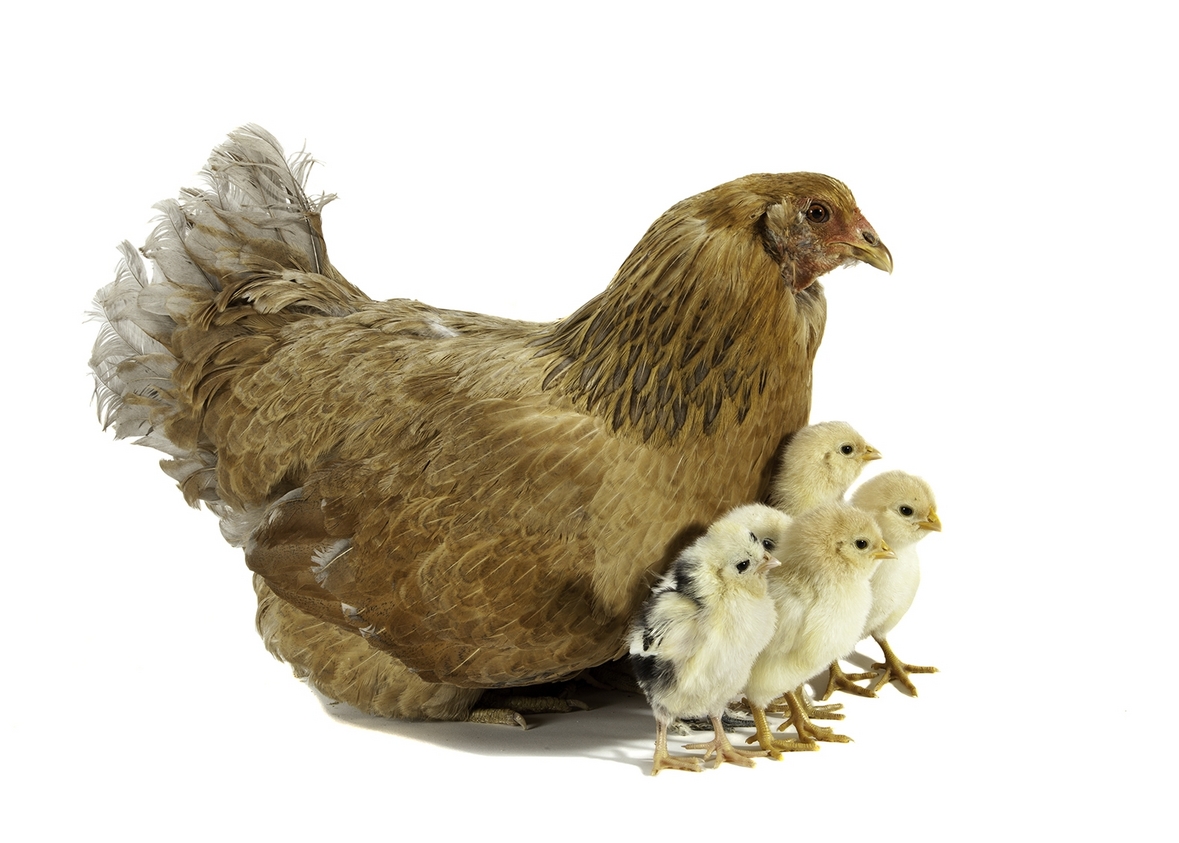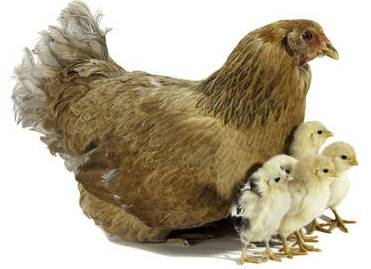Feed a good high protein starter crumble 22% if your feed supplier can get it for you. peck at it with your fingers so that they will become curious and peck only to discover it's food!
Provide access to fresh tepid water at all times, ensuring your poults can not get themselves wet. Add shiny pebbles to the water to encourage them to peck and they will discover the water is there!
Temporarily placing a chick or two in with the day old turkey poults is a great way to teach the poults how to go about finding food and water.
Do not put them on a slick surface as this can lead to an injury known as splayed leg. Cloth or paper towels are best until they learn to identify their crumble feed then use shavings or pellet bedding, this way they are less likely to eat the bedding.
Provide access to fresh tepid water at all times, ensuring your poults can not get themselves wet. Add shiny pebbles to the water to encourage them to peck and they will discover the water is there!
Temporarily placing a chick or two in with the day old turkey poults is a great way to teach the poults how to go about finding food and water.
Do not put them on a slick surface as this can lead to an injury known as splayed leg. Cloth or paper towels are best until they learn to identify their crumble feed then use shavings or pellet bedding, this way they are less likely to eat the bedding.
Your poults will need a source of heat for the first 4 weeks. A brooder of some sort to keep them warm. A simple brooder lamp with a heat lamp bulb will keep them warm. Make sure they are in a draft free place and have enough room to get away from the heat if they feel too warm. Raise the height of the lamp a little each week. (you don't want them to burn the tops of their heads!) Most poults can begin to be weaned off heat after three weeks of age. Take care in not making any sudden changes to their environment. When they are ready, give them the choice of staying in or exploring outside of their brooder for a week or two. Wait until they are comfortable in their new surroundings before shutting them out of the brooder area all together. You do not want to stress your poults!
Poults grow quickly and though they start out no bigger than a large fowl chick they quickly tower over them!
Tips on starting your poults from Mr. Porter,
Turkey expert, breeder and geneticist.
The following information is my (Mr. Porter) poult starting methods and what works successfully for me and is only here for those looking for a little guidance to get their newly hatched poults off to a good start.
I start my poults out in a homemade brooder, which measures approx. 24” wide x 48” long x 15” high, Yours doesn't necessarily have to be quite this large. I cover the bottom completely with paper towels. I just scatter their feed right on the paper towels for the first couple of days so they can easily pick at it and get use to eating . After that I use a small chick feeder. Their heat source is a heat lamp (With either a 75 or 100 watt bulb)"Not florescent" I recommend the red colored heat bulbs as the red light helps prevent cannibalism. I hang the light approx. 8” from the brooder floor. I normally place this right in the middle of the brooder with plenty of room for them to get away from it on each side if they get too hot. It may also be a good idea to put in two heat lamps, side by side, one for backup just in case one burns out during the night, Their drinking water container is placed off center of the heat lamp so it doesn't get too warm. After the first week I put them on a wire floor, you can also put down shavings at this time if desired. Then you can gradually reduce the wattage of the light bulb as you notice them not needing as much heat.
I start my poults out on a 26% protein, non-medicated turkey starter/grower crumble.
I add a vitamin and electrolyte supplement to their drinking water. Normally 1/4 tsp. per quart of water.
Make sure NOT to use softened water.
Most sodium problems arise as a result of young chicks and turkey poults consuming too much saline water. So avoid using softened tap water to supply water to your birds while brooding. Sodium poisoning can cause kidney damage (more so in young birds than adults because their kidneys may not be fully developed when first hatched), and heart failure.
I also add apple cider vinegar to their water as well, 1/2 Tbs per quart. This is reported to reduce the incidence of coccidiosis and inhibits harmful bacterial or algae growth in the water. This can be mixed with the vitamins.
I keep this in the water of all my adult birds too.
For shipped poults I recommend adding a tsp. of brown sugar per quart of water for a couple days after arrival for a quick energy boost just to help them recover from shipping stress. This can be mixed with the vitamins and vinegar.
I continue to feed the 26% crumble till they are around 12 weeks of age, I then switch to a 22% protein turkey grower/finisher pellet.
Tips on starting your poults from Mr. Porter,
Turkey expert, breeder and geneticist.
The following information is my (Mr. Porter) poult starting methods and what works successfully for me and is only here for those looking for a little guidance to get their newly hatched poults off to a good start.
I start my poults out in a homemade brooder, which measures approx. 24” wide x 48” long x 15” high, Yours doesn't necessarily have to be quite this large. I cover the bottom completely with paper towels. I just scatter their feed right on the paper towels for the first couple of days so they can easily pick at it and get use to eating . After that I use a small chick feeder. Their heat source is a heat lamp (With either a 75 or 100 watt bulb)"Not florescent" I recommend the red colored heat bulbs as the red light helps prevent cannibalism. I hang the light approx. 8” from the brooder floor. I normally place this right in the middle of the brooder with plenty of room for them to get away from it on each side if they get too hot. It may also be a good idea to put in two heat lamps, side by side, one for backup just in case one burns out during the night, Their drinking water container is placed off center of the heat lamp so it doesn't get too warm. After the first week I put them on a wire floor, you can also put down shavings at this time if desired. Then you can gradually reduce the wattage of the light bulb as you notice them not needing as much heat.
I start my poults out on a 26% protein, non-medicated turkey starter/grower crumble.
I add a vitamin and electrolyte supplement to their drinking water. Normally 1/4 tsp. per quart of water.
Make sure NOT to use softened water.
Most sodium problems arise as a result of young chicks and turkey poults consuming too much saline water. So avoid using softened tap water to supply water to your birds while brooding. Sodium poisoning can cause kidney damage (more so in young birds than adults because their kidneys may not be fully developed when first hatched), and heart failure.
I also add apple cider vinegar to their water as well, 1/2 Tbs per quart. This is reported to reduce the incidence of coccidiosis and inhibits harmful bacterial or algae growth in the water. This can be mixed with the vitamins.
I keep this in the water of all my adult birds too.
For shipped poults I recommend adding a tsp. of brown sugar per quart of water for a couple days after arrival for a quick energy boost just to help them recover from shipping stress. This can be mixed with the vitamins and vinegar.
I continue to feed the 26% crumble till they are around 12 weeks of age, I then switch to a 22% protein turkey grower/finisher pellet.
To learn more about poultry we recommend you visit these sites:
www.poultrypedia.com for great information regarding poultry health and nutrition
http://mikethechickenvet.wordpress.com/ Poultry Veterinarian
www.poultrypedia.com for great information regarding poultry health and nutrition
http://mikethechickenvet.wordpress.com/ Poultry Veterinarian
Observe your poults regularly. If you notice a change in stools this could indicate they are stressed or it may be the beginnings of a Coccidiosis infection. If they become listless (droopy) they may have a bacterial infection in their belly button (if the bedding they lay on is damp or dirty) or they may be to warm, to cold, become damp/chilled or have an impacted crop from ingesting the bedding. Be sure that the poults can not get themselves wet from their water source or damp bedding as a "wet poult is a dead poult". Even if a poult sits under a heat lamp it's breast will not dry and it will become chilled.
Once I have my "beau peep's"
( turkey poults) how do I care for them?
( turkey poults) how do I care for them?

Beau Peep Farms
A great place to pick up chicks!

